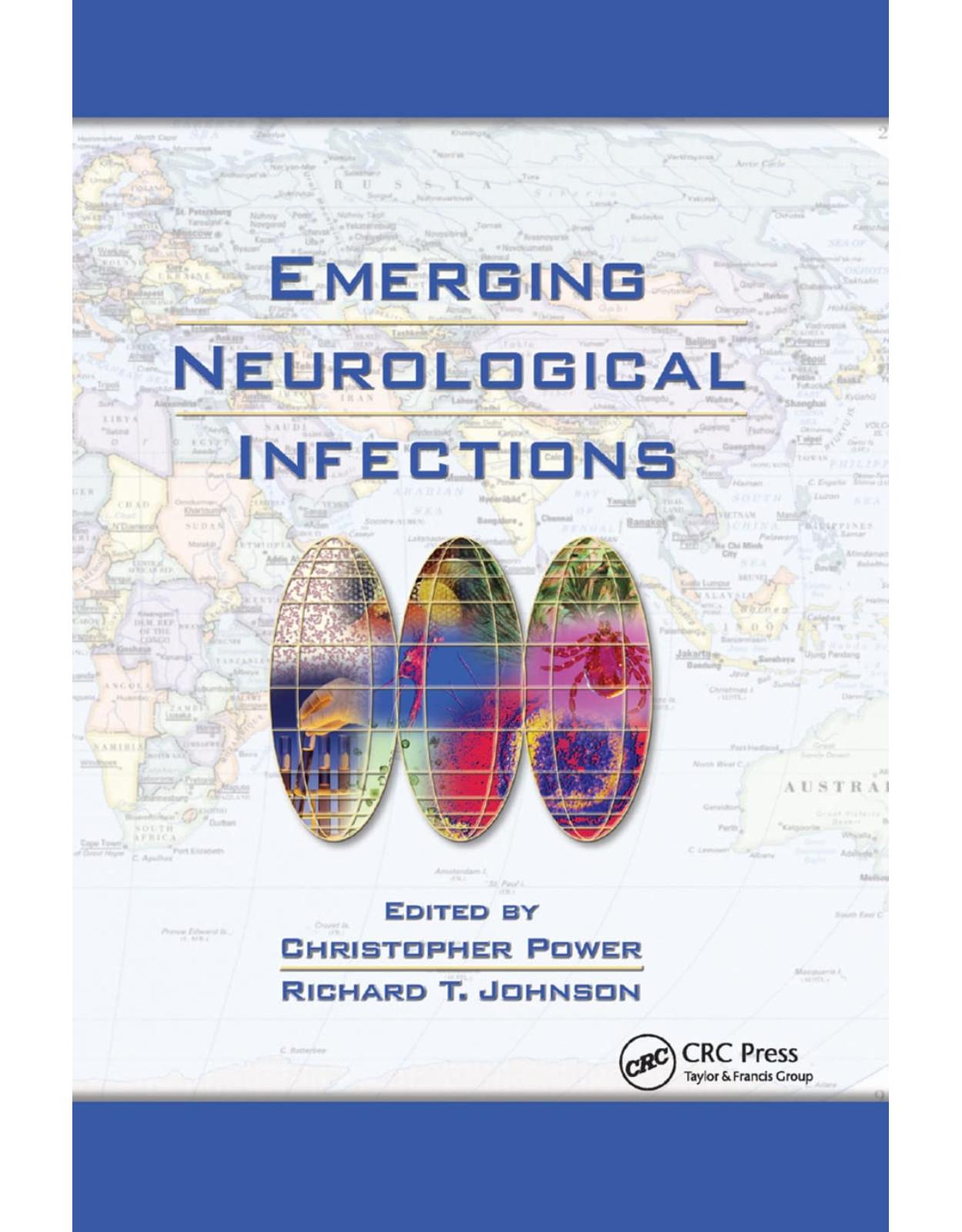
Emerging Neurological Infections
Livrare gratis la comenzi peste 500 RON. Pentru celelalte comenzi livrarea este 20 RON.
Disponibilitate: La comanda in aproximativ 4 saptamani
Editura: CRC Press
Limba: Engleza
Nr. pagini: 536
Coperta: Paperback
Dimensiuni: 15.24 x 3.05 x 22.61 cm
An aparitie: 19 Jun. 2019
Description:
Offering a clear and authoritative overview of recent developments in microbiology and neuroscience, this reference describes factors contributing to the emergence and resurgence of neurological infections-studying both new and drug-resistant pathogens, as well as long-term prevention and control strategies for these diseases.
Table of Contents:
1 Microbial Evolution and Emerging Diseases
1. INTRODUCTION: A HIGHLY DIVERSE AND DYNAMIC MICROBIAL WORLD
2. THE EVOLUTION OF MICROBIAL PATHOGENS
2.1. Mutation Rates of Cells, Viruses, and Intracellular Genetic Elements
2.2. DNA and RNA Recombination and Rearrangements in Cells and Microbial Pathogens
2.3. Mutation, Recombination, and Reassortment as Sources of Microbial Variation
2.4. Main Steps in the Dynamics of Change of Microbial Populations
2.5. RNA Viruses, the Paradigm of Extreme Heterogeneity and Potential for Rapid Evolution: Clouds, F
3. THE EMERGENCE AND REEMERGENCE OF INFECTIOUS DISEASES
3.1. The Complexities of Infectious Disease Emergence
3.2. The Variation Potential of Pathogens as a Factor in Disease Emergence
3.3. Environmental Alterations and Medical Practices Favor the Manifestation of the Adaptive Potenti
4. CONCLUDING REMARKS
ACKNOWLEDGMENTS
REFERENCES
2 Ecological Disturbances and Emerging Infections: Travel, Dams, Shipment of Goods, and Vectors
1. INTRODUCTION
2. TRAVEL AND TRADE
2.1 Travel
2.2. Trade
3. CHANGES IN LAND USE 3.1. Geography of Infectious Diseases
3.2. Roads
3.3. Building of Dams
4. SUMMARY AND PERSPECTIVES FOR THE FUTURE
REFERENCES
3 Nipah Encephalitis
1. INTRODUCTION
2. EPIDEMIOLOGY
3. VIROLOGY
4. ACUTE CLINICAL MANIFESTATIONS
5. LABORATORY INVESTIGATION FINDINGS
6. RADIOLOGIC FINDINGS
7. PATHOLOGY AND PATHOGENESIS 7.1. Pathology
7.2. Pathogenesis
8. TREATMENT
9. PROGNOSIS, SEQUELAE, AND COMPLICATIONS
9.1. Relapsed and Late-Onset Encephalitis
10. INFECTION IN ANIMALS
11. THE BAT AS RESERVOIR HOST: IMPLICATIONS FOR FUTURE OUTBREAKS
ACKNOWLEDGMENTS
REFERENCES
4 Prion Diseases and Dementia
1. INTRODUCTION
2. PRION PROTEIN
3. DOPPEL, THE PRION-LIKE PROTEIN
4. CLINICAL AND PATHOLOGIC SUBTYPES OF PrD
5. CREUTZFELDT–JAKOB DISEASE 5.1. Sporadic CJD (sCJD)
5.2. Laboratory Investigations for CJD
5.3. Familial CJD
5.4. Laboratory Investigations for fCJD
6. GERSTMANN–STRÄUSSLER–SCHEINKER SYNDROME
7. FATAL INSOMNIA
8. THE POLYMORPHIC CODON 129
9. ACQUIRED PrD
9.1. Iatrogenic CJD
9.2. vCJD
10. DIFFERENTIAL DIAGNOSIS
11. THERAPY FOR PrD
REFERENCES
5 Arenaviral Hemorrhagic Fevers: Argentine Hemorrhagic Fever and Lassa Fever
1. INTRODUCTION
2. THE VIRUSES
2.1. Morphology
2.2. Laboratory Hosts
3. EPIDEMIOLOGY AND ECOLOGY
3.1. Transmission
3.2. Geographic Distribution
3.3. Incidence
3.4. Seasonal Distribution and Risk Factors
4. FACTORS IN THE EMERGENCE OF ARENAVIRAL HEMORRHAGIC FEVERS
5. CLINICAL DESCRIPTION
5.1. Argentine Hemorrhagic Fever
5.2. Differential Findings with the Other South American Arenaviral Hemorrhagic Fevers
5.3. Lassa Fever
6. CLINICAL LABORATORY STUDIES
7. OTHER COMPLEMENTARY EXAMINATIONS
8. DIFFERENTIAL DIAGNOSIS
9. ETIOLOGIC DIAGNOSIS
10. PATHOLOGY AND PATHOPHYSIOLOGY
11. TREATMENT 11.1. Specific Treatment
11.2. General Supportive Measures
12. BIOSAFETY MEASURES
13. PREVENTION AND CONTROL
ACKNOWLEDGMENTS
REFERENCES
6 Cerebral Malaria
1. INTRODUCTION
2. EPIDEMIOLOGY AND RISK FACTORS FOR SEVERE DISEASE 2.1. Malaria Transmission
2.2. Clinical Epidemiology
2.3. Genetic Factors
2.4. Acquired Risk Factors
3. CLINICAL FEATURES 3.1. General
3.2. Cerebral Malaria and Other Neurological Manifestations
3.3. Non-neurological Manifestations of Severe Malaria
4. PATHOPHYSIOLOGY 4.1. The Parasite Life Cycle
4.2. Pathophysiology of Cerebral Malaria
5. TREATMENT
5.1. Initial Assessment
5.2. Antimalarial Treatment
5.3. Supportive Therapy
5.4. Other Adjunctive Therapies
6. CONCLUSION
ACKNOWLEDGMENTS
REFERENCES
7 Rabies
1. INTRODUCTION
2. RABIES IN THE UNITED STATES
2.1. Raccoon Rabies
2.2. Bat Rabies
2.3. Coyote Rabies
2.4. Gray Fox Rabies
3. RABIES IN EUROPE 3.1. Fox Rabies
3.2. European Bat Lyssavirus Type 1
3.3. European Bat Lyssavirus Type 2
4. RABIES IN AUSTRALIA
5. RABIES IN DEVELOPING COUNTRIES 5.1. Canine Rabies
5.2. Vampire Bat Rabies
5.3. Rabies in Marmosets
5.4. Duvenhage Virus
5.5. Mokola Virus
6. HOST SWITCHING FROM BATS TO TERRESTRIAL MAMMALS
7. NON-FATAL OUTCOME OF RABIES VIRUS INFECTIONS
7.1. Dogs
7.2. Bats
7.3. Spotted Hyenas
8. SUMMARY
REFERENCES
8 Lyme Disease
1. INTRODUCTION
2. EPIDEMIOLOGY
3. ORGANISM
3.1. Vectors and Host
3.2. Clinical Disease Characteristics
3.3. Neurologic Manifestations
3.4. Pediatric Lyme Disease
3.5. Congenital Infection
3.6. Pathology
3.7. Pathogenesis
4. DIAGNOSIS
4.1. Differential Diagnosis
4.2. Treatment
4.3. Prevention
4.4. Prognosis
4.5. Tick Copathogens
4.6. Post-Lyme Syndrome (Chronic Lyme Disease Syndrome)
5. SUMMARY
REFERENCES
9 Flaviviridae
1. INTRODUCTION
2. WEST NILE VIRUS 2.1. Epidemiology
2.2. Transmission
2.3. Clinical Presentation
2.4. Laboratory Features
2.5. Clinical Outcome and Sequelae
2.6. Treatment
2.7. Prevention
3. JAPANESE ENCEPHALITIS 3.1. Introduction
3.2. Transmission
3.3. Clinical Presentation
3.4. Laboratory Features
3.5. Clinical Outcome and Sequelae
3.6. Treatment
3.7. Prevention
3.8. West Nile Virus and Japanese Encephalitis: Future Implications
REFERENCES
10 Neurocysticercosis
1. LIFE CYCLE OF TAENIA SOLIUM
1.1. The Human as the Definitive Host
1.2. The Human as an Intermediate Host
2. NATURAL HISTORY OF NEUROCYSTICERCOSIS
2.1. Stage 1: Immature Viable Vesicles
2.2. Stage 2: Vesicular (Viable) Cyst Stage
2.3. Stage 3: Colloid (Degenerating) Cyst Stage
2.4. Stage 4: Nodular Calcified (Dead) Cyst Stage
2.5. Meningeal Cysticercosis
2.6. Intraventricular Cysticercosis
2.7. Ophthalmic Cysticercosis
2.8. Diagnostic Workup
2.9. Management
2.10. Prognosis
2.11. Prevention
ACKNOWLEDGMENT
REFERENCES
11 The Problem of Human African Trypanosomiasis
1. THE NATURE AND SCALE OF THE PROBLEM
2. NEUROLOGICAL FEATURES
2.1. Early Stage Features
2.2. Late-Stage Features
2.3. Clinical Diagnosis and Differential Diagnosis
2.4. General Investigations
2.5. Neurological Investigations
3. CNS PATHOLOGY AND NEUROPATHOGENESIS OF HAT 3.1. CNS Pathology of HAT
3.2. Neuropathogenesis of CNS HAT
4. CONTROL AND TREATMENT OF HAT
4.1. Case Detection
4.2. Specific Treatment of HAT
4.3. Vector Control
ACKNOWLEDGMENTS
REFERENCES
12 Enterovirus 71 Encephalitis
1. INTRODUCTION
2. EPIDEMIOLOGY
3. NEUROLOGIC COMPLICATIONS AND MR IMAGING CORRELATES
3.1. Prodrome
3.2. Neurologic Syndromes
4. ASSOCIATED COMPLICATIONS: ACUTE CARDIOPULMONARY DYSFUNCTION 4.1. Pulmonary Edema
4.2. Cardiovascular Dysfunction
5. CYTOKINE LEVELS AND THE CLINICAL SEVERITY OF EV71 BRAINSTEM ENCEPHALITIS
6. AUTOPSY FINDINGS 6.1. Brain
6.2. Other Organs
7. PATHOGENESIS OF ACUTE FATALITY WITH EV71 BRAINSTEM ENCEPHALITIS AND PULMONARY EDEMA
8. NEUROVIRULENT STRAINS VS. HOST SUSCEPTIBILITY
9. POTENTIAL TREATMENT AND PREVENTION
10. FUTURE PRESPECTIVES
ACKNOWLEDGMENT
REFERENCES
13 Guillain–Barré Syndrome and
1. INTRODUCTION
2. CLINICAL FEATURES OF GBS AND ITS VARIANTS
2.1. Investigations
2.2. Clinical Course and Prognosis
3. PATHOLOGY
4. PATHOGENESIS
4.1. Campylobacter jejuni
4.2. Anti-ganglioside Antibodies in Patients with GBS
4.3. Distribution of Gangliosides in PNS
4.4. Evidence for Anti-ganglioside Antibody-Mediated Neural Injury
5. UNRESOLVED ISSUES
6. RECONSTRUCTION OF PATHOGENESIS
7. COMMENT
REFERENCES
14 Latent and Activated Brain Flora: Human Herpesviruses, Endogenous Retroviruses, Coronaviruses, an
1. INTRODUCTION
2. OVERVIEW OF LATENT INFECTIOUS AGENTS ASSOCIATED WITH NEUROLOGICAL DISEASE
3. HHV-6 EPIDEMIOLOGY, ROSEOLA, AND ASSOCIATION WITH IMMUNOCOMPROMISED PATIENTS 3.1. Epidemiology
3.2. Roseola
3.3. HHV-6 Reactivation in Immunocompromised Patients
4. HHV-6 ASSOCIATION WITH NEUROLOGICAL DISEASE 4.1. HHV-6 Associated Encephalitis
4.2. HHV-6 and HIV
4.3. HHV-6 Association with Multiple Sclerosis
4.4. Association of Other Herpesvirus Family Members and Neurological Disease
5. CHLAMYDIA PNEUMONIAE
6. HUMAN CORONAVIRUSES
7. HUMAN ENDOGENOUS RETROVIRUSES
8. CONCLUSION: HOW CAN DIFFERENT LATENT INFECTIOUS AGENTS CAUSE A COMMON NEUROLOGICAL OUTCOME? A POT
REFERENCES
15 Herpes Simplex Virus Drug Resistance—HSV Thymidine Kinase Mutants
1. INTRODUCTION
2. HSV TK MUTANTS
3. HSV LATENCY AND REACTIVATION
4. THE ROLE OF HSV TK IN LATENCY AND REACTIVATION
5. THE ROLE OF HSV TK MUTANTS IN HUMAN DISEASE
6. HSV TK AND THE NEW BIOLOGY
REFERENCES
16 Drug-Resistant Bacterial Infections: Implications for Neurosurgical and Neurological Patients
1. INTRODUCTION
2. DEFINITIONS
3. EPIDEMIOLOGY
4. MECHANISMS OF RESISTANCE 4.1. Streptococcus pneumoniae
4.2. Staphylococcus aureus
4.3. Vancomycin-Resistant Enterococci
5. THERAPEUTIC IMPLICATIONS OF ANTIMICROBIAL RESISTANCE
5.1. Empiric and Specific Therapy of Community-Acquired Bacterial Meningitis
5.2. Empiric Therapy of Meningitis in the Postoperative Neurosurgical Patient
5.3. Vancomycin-Resistant Enterococcal Infections
6. PREVENTION
7. KEY POINTS
8. SUMMARY
REFERENCES
17 HIV-Related Neurological Disease in the Era of HAART
1. CONDITIONS RELATING TO THE BRAIN
1.1. Direct Complications
1.2. Other Direct HIV Complications Affecting the Brain
1.3. Indirect Complications Affecting the Brain: Opportunistic Conditions
1.4. Cerebral Toxoplasmosis
1.5. Primary Central Nervous System Lymphoma
1.6. Progressive Multifocal Leukoencephalopathy
1.7. Cerebral Tuberculoma
1.8. Cryptococcal Meningitis
1.9. Other Less Common CNS Infections in HIV-Positive Patients
2. CONDITIONS AFFECTING THE SPINAL CORD 2.1. Direct Complications
2.1.2. Advanced HIV Disease (CD4 Cell Count
2.2. Indirect Complications Affecting the Spinal Cord
2.3. Amyotrophic Lateral Sclerosis-Like Disorder
3. PERIPHERAL NERVE MANIFESTATIONS OF HIV
3.1. Direct Complications
3.2. Advanced HIV
3.3. Indirect Complications
4. CONCLUSION
REFERENCES
18 Gauging the Threats: A Conceptual Framework for Prioritizing Research Directed Toward Interventio
1. INTRODUCTION
2. CATEGORIES OF EMERGING DISEASES 2.1. Long Established Human Diseases Emerging in a New Human Popu
2.2. Exotic Zoonotic Pathogens
2.3. Longstanding Human Diseases, Newly Recognized as Caused by Infection
2.4. Relative Threats Posed by the Three Categories of Emergence
3. ILLUSTRATIVE EMERGING NEUROLOGICAL DISEASES 3.1. Lyme Disease
3.2. Schizophrenia and Other Mental Illnesses
4. INVESTIGATION AND INTERVENTION: THE OVERALL PICTURE 4.1. Great Imitators?
4.2. Chronic vs. Acute Emerging Infectious Diseases
4.3. Interventions
4.4. Future Options
ACKNOWLEDGMENTS
REFERENCES
19 Immediate Responses to New Infections and the Rapid Development of a Vaccine Strategy
1. INTRODUCTION
2. NEW NEUROLOGICAL INFECTIONS
2.1. Recognition of a New Neurological Infection
2.2. Situations Where New Infectious Diseases Are Likely to be Recognized and Reported
2.3. Clues to the Possibility of a New Neurological Infectious Disease in an Outbreak Situation
3. CLINICAL APPROACH TO THE IDENTIFICATION OF A NEW INFECTIOUS DISEASE IN AN INDIVIDUAL PATIENT
3.1. Clinical Examination
3.2. Investigations
4. ROLE OF THE NEUROPATHOLOGIST
4.1. Diagnostic Value of Brain Biopsies and Postmortem Examinations
4.2. Processing Fresh Tissue and Procedures for Tissue Fixation
4.3. Tissue Staining and Other Diagnostic Techniques
5. DEVELOPING A CASE DEFINITION IN THE SETTING OF AN OUTBREAK OF A NEW CENTRAL NERVOUS SYSTEM INFECT
5.2. Establishing Causality
6. TREATMENT 6.1. Supportive Therapy
6.2. Empiric Antibacterial and Antiviral Therapy
6.3. Directed Antiviral Therapy
6.4. Anti-prion Agents
6.5. Passive Immunization
6.6. Postexposure Prophylaxis
6.7. Vaccination of Close Contacts
7. INFECTION CONTROL 7.1. Caring for the Patient in Hospital
7.2. Caring for the Patient at Home in a Quarantine Situation
7.3. Laboratory Precautions
8. COORDINATION OF PUBLIC HEALTH, STATE, AND FEDERAL AUTHORITIES
9. EDUCATION OF THE PUBLIC
10. MANAGEMENT OF OUTBREAKS IN RESOURCE-POOR COUNTRIES
11. RAPID DEVELOPMENT OF PROTECTIVE VACCINE STRATEGIES
12. MODELS OF RAPID VACCINE DEVELOPMENT
12.1. Identification of Protective Correlates
12.2. Rapid Identification of Key Immunogenic and Protective Antigens
12.3 Animal Models and Use of Surrogate Markers of Protection and Safety
12.4. Vaccine Designs Suitable for Rapid Development
13. REDUCING BLOCKS TO RAPID VACCINE DEVELOPMENT 13.1. Resources
13.2. Measurement of Safety and Efficacy and Regulatory Approval
14. CONCLUSION
REFERENCES
20 Future Perspectives
REFERENCES
Index
Back cover
| An aparitie | 19 Jun. 2019 |
| Autor | Christopher Power, Richard T. Johnson |
| Dimensiuni | 15.24 x 3.05 x 22.61 cm |
| Editura | CRC Press |
| Format | Paperback |
| ISBN | 9780367393069 |
| Limba | Engleza |
| Nr pag | 536 |

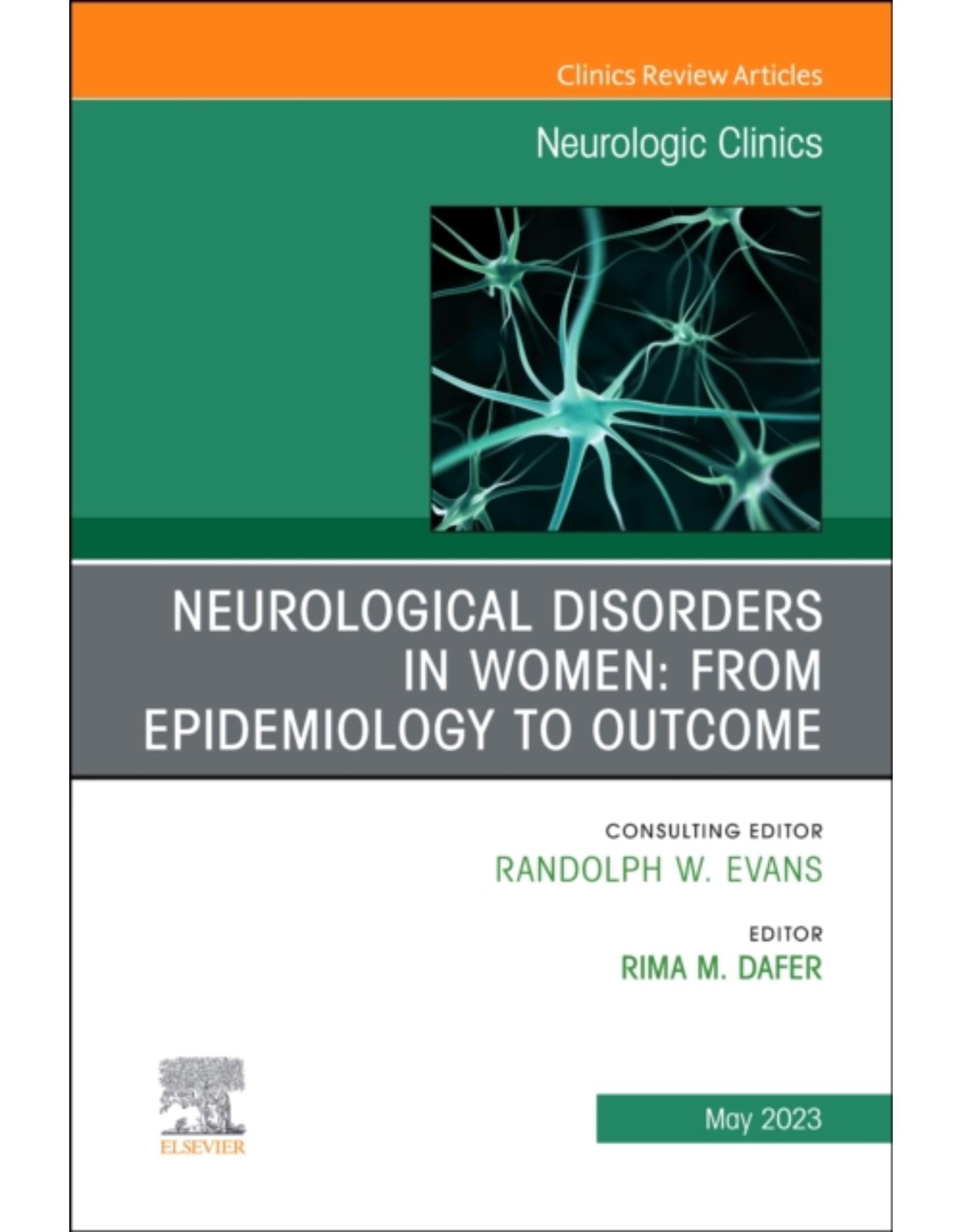
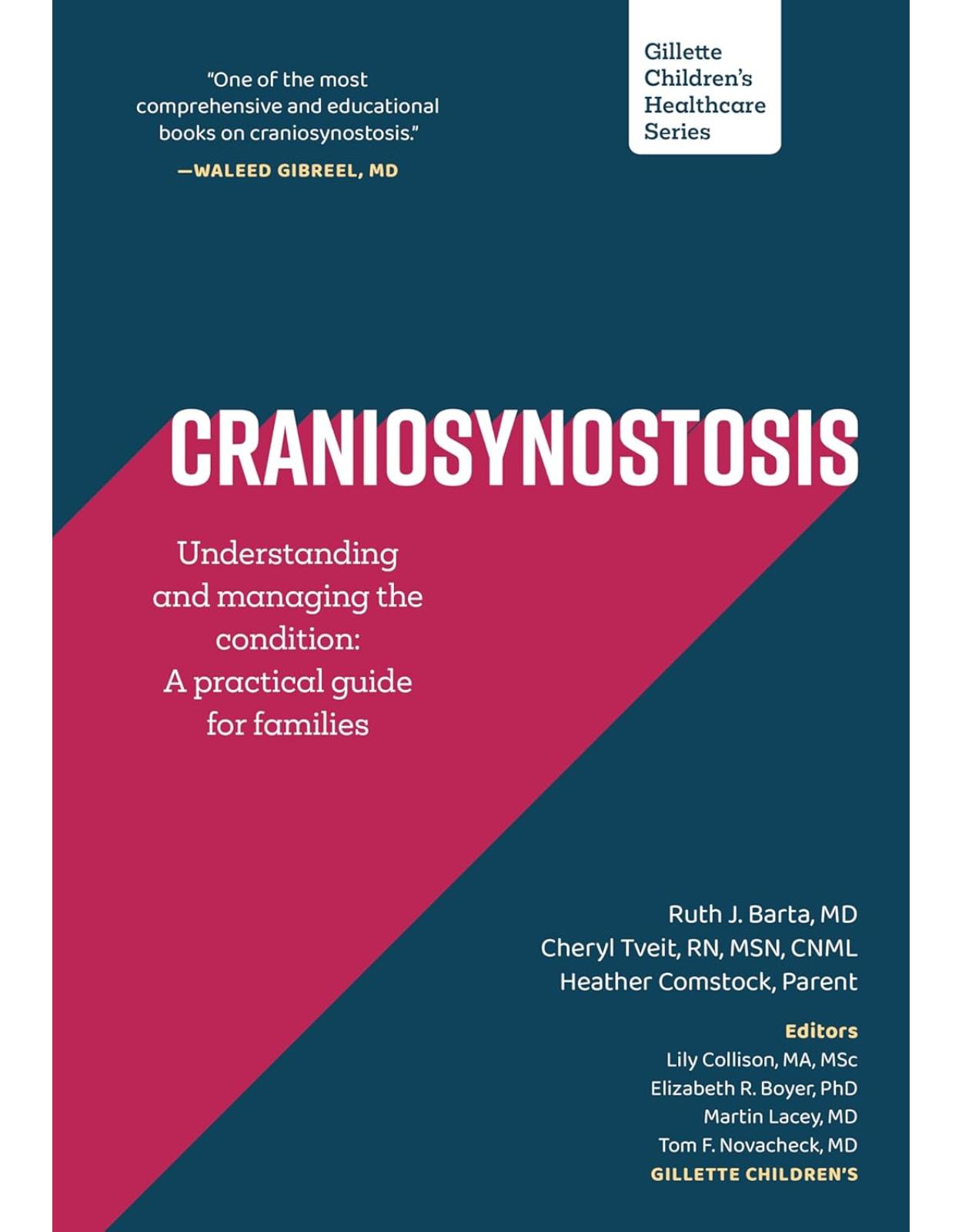
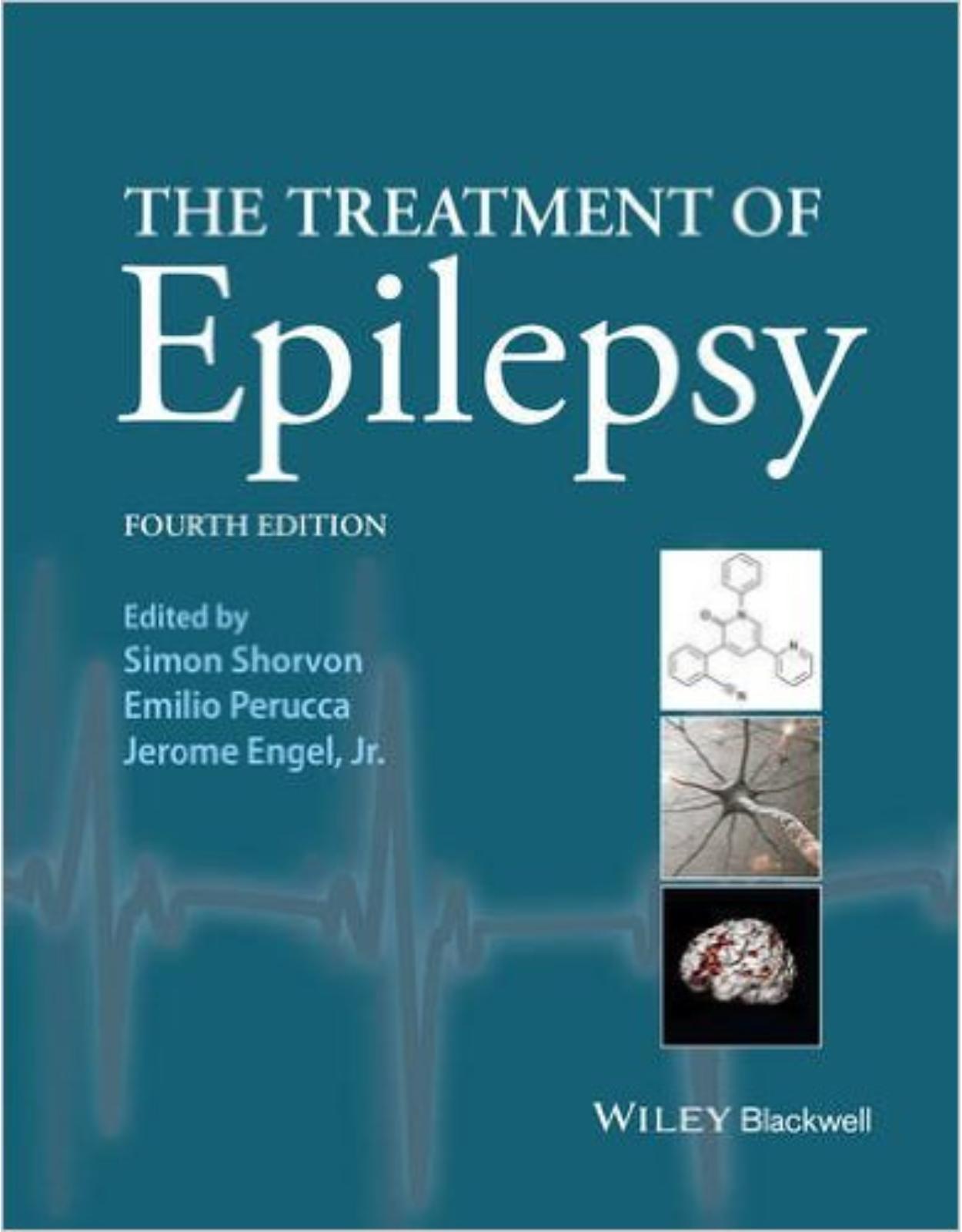
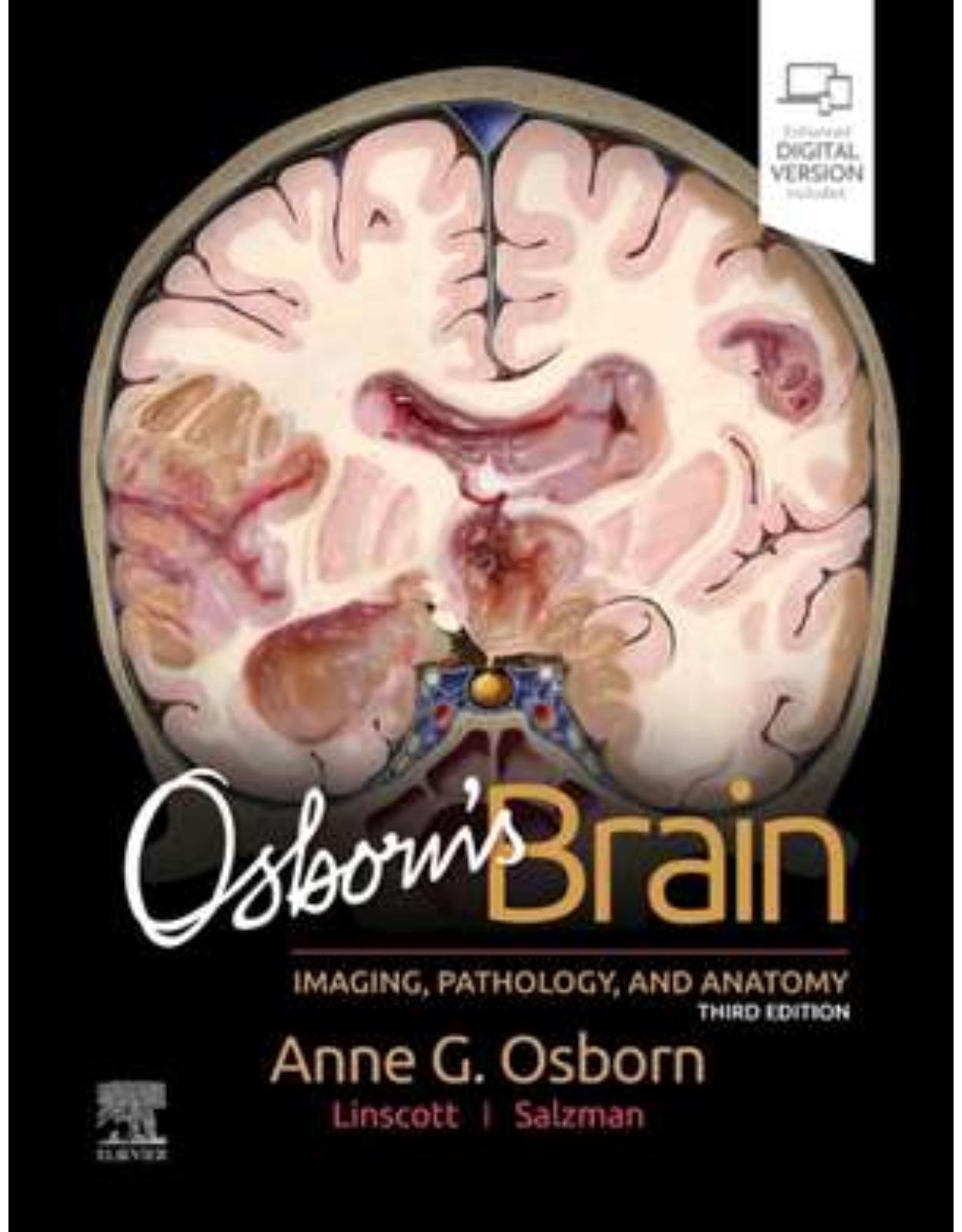
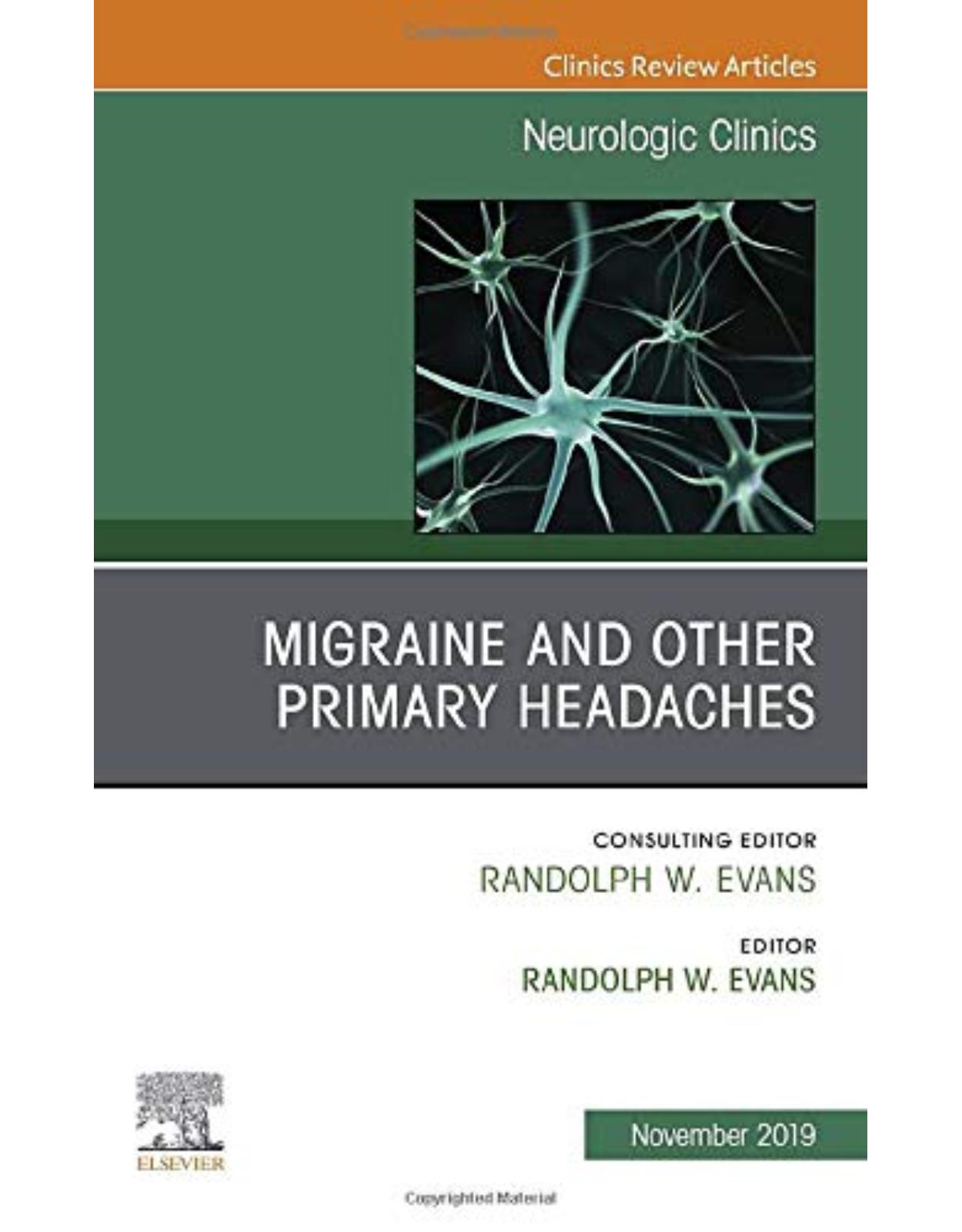
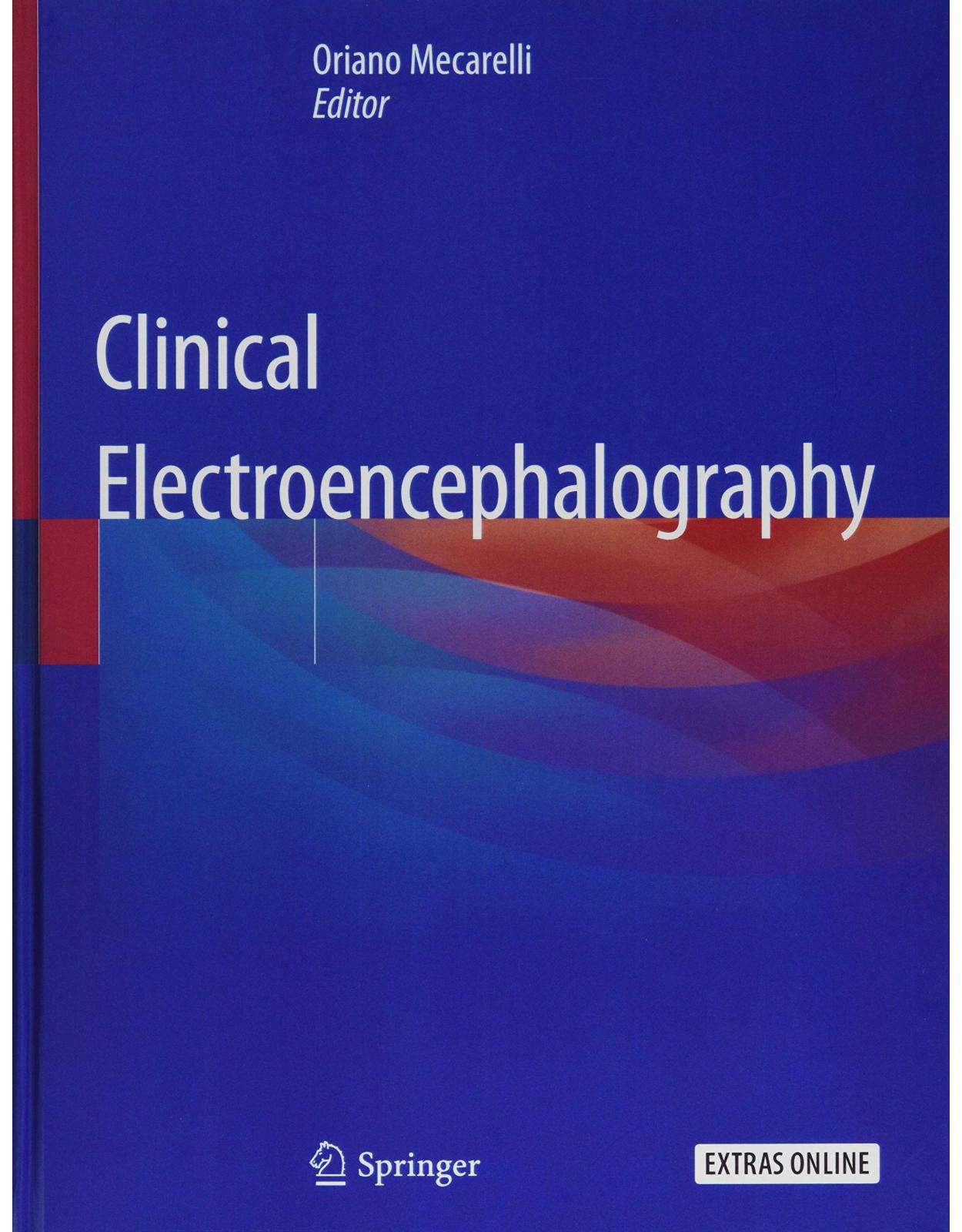
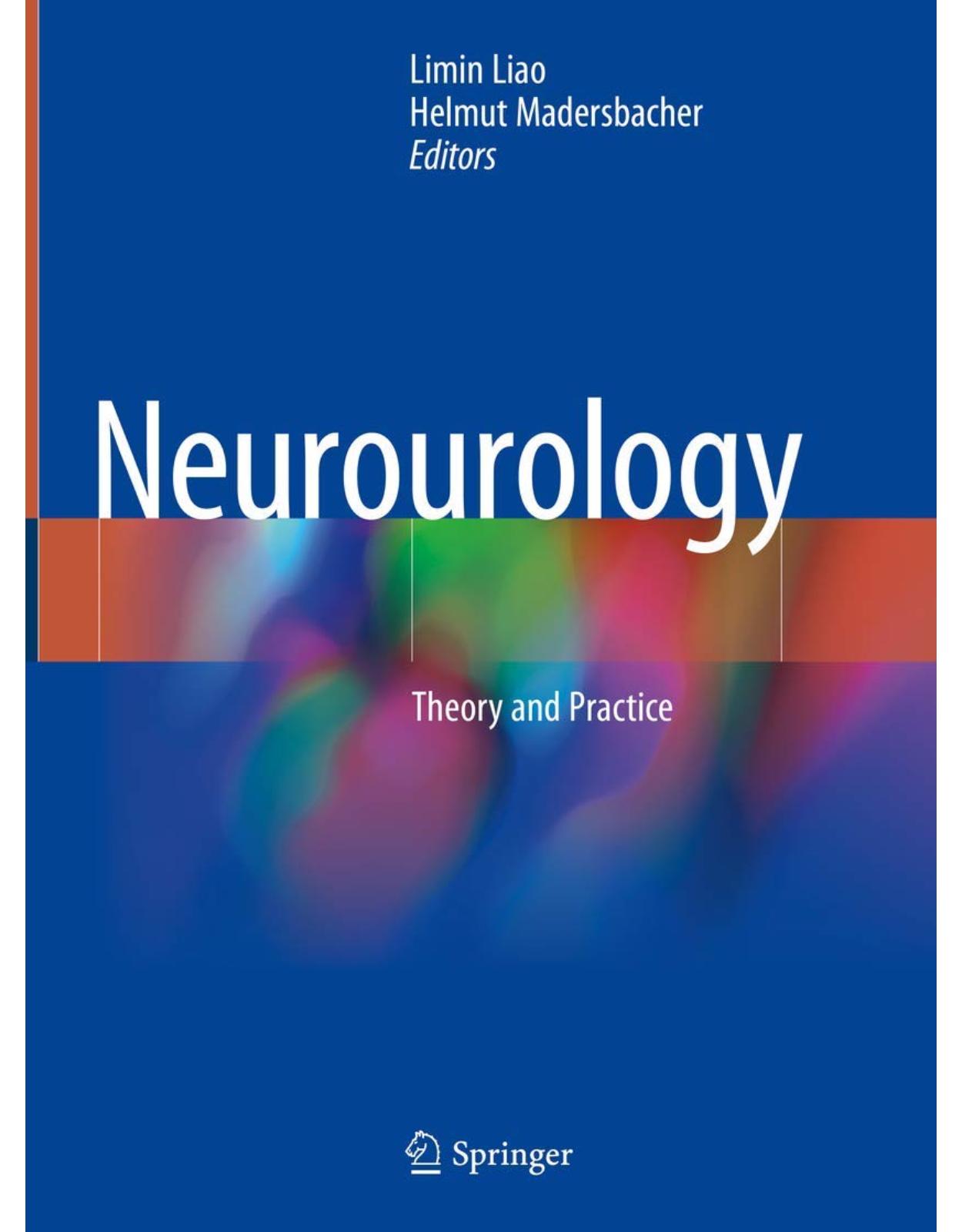
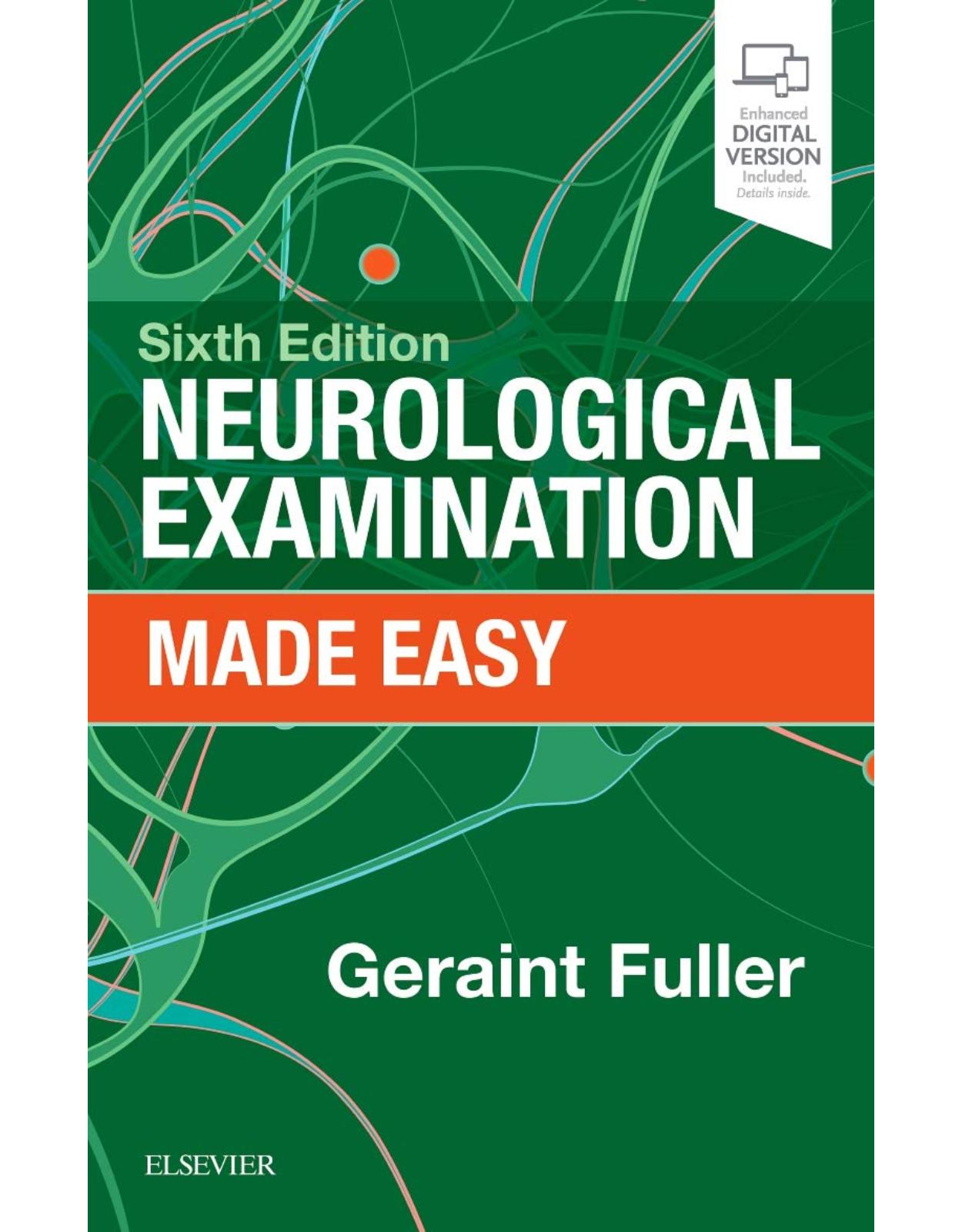
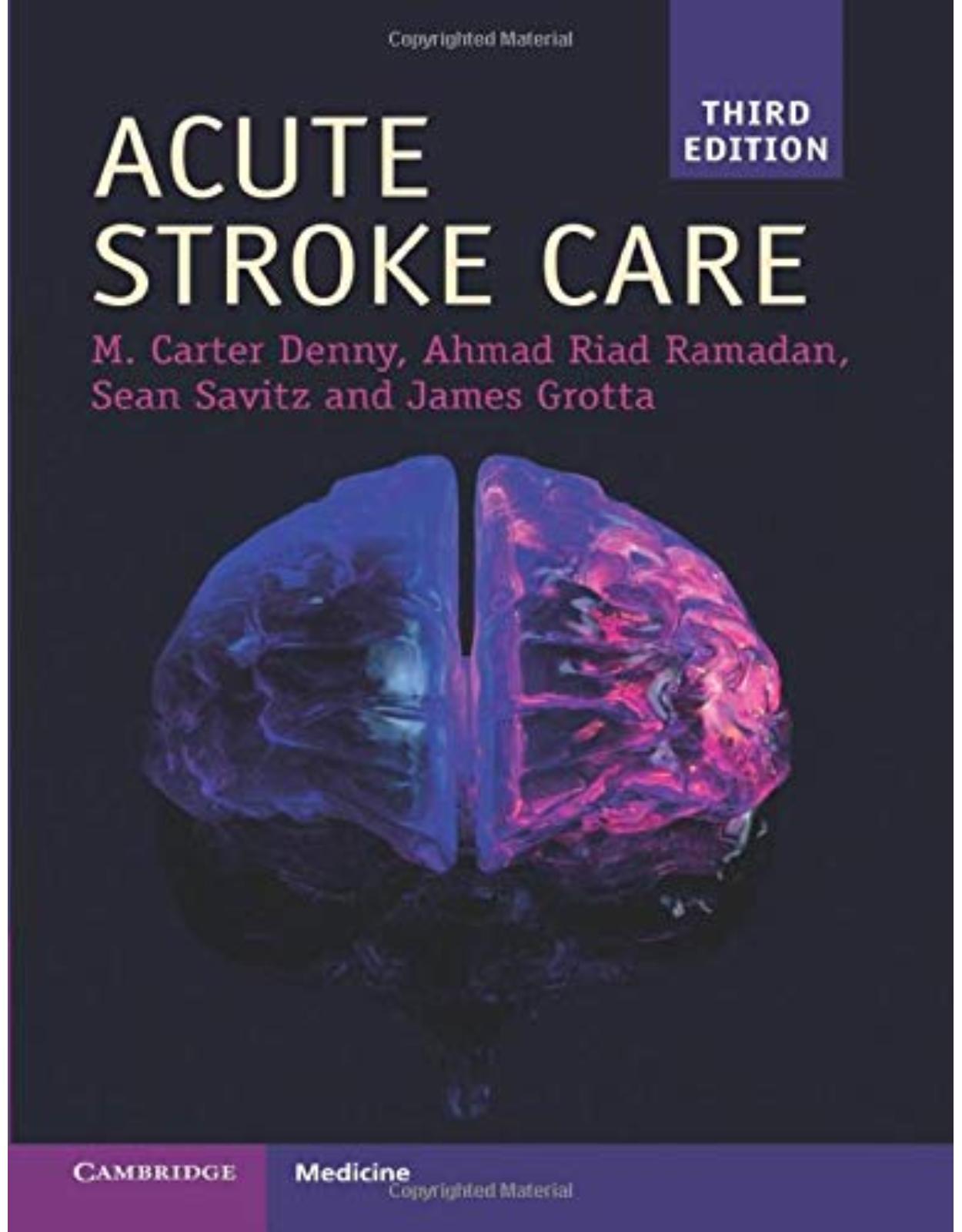
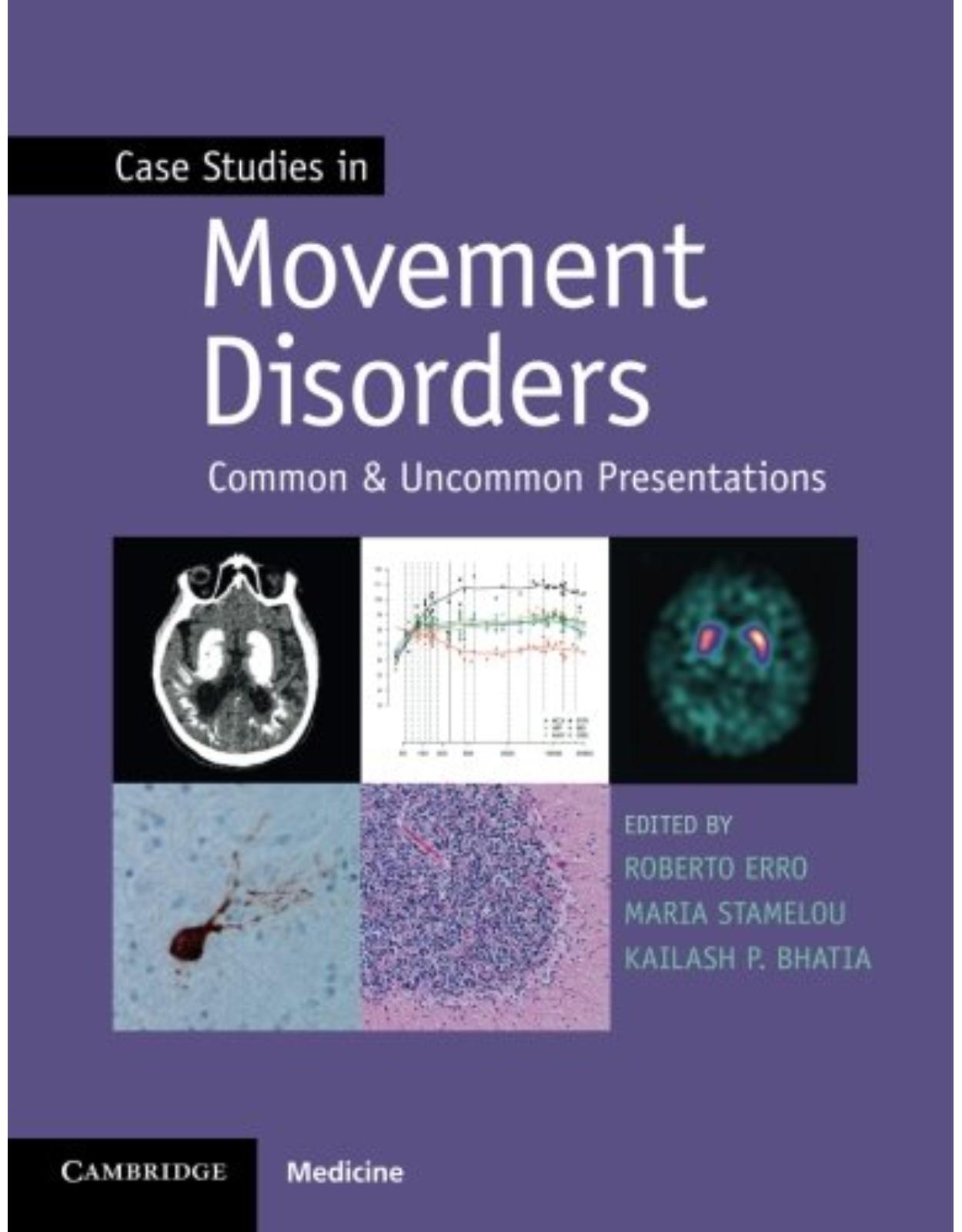
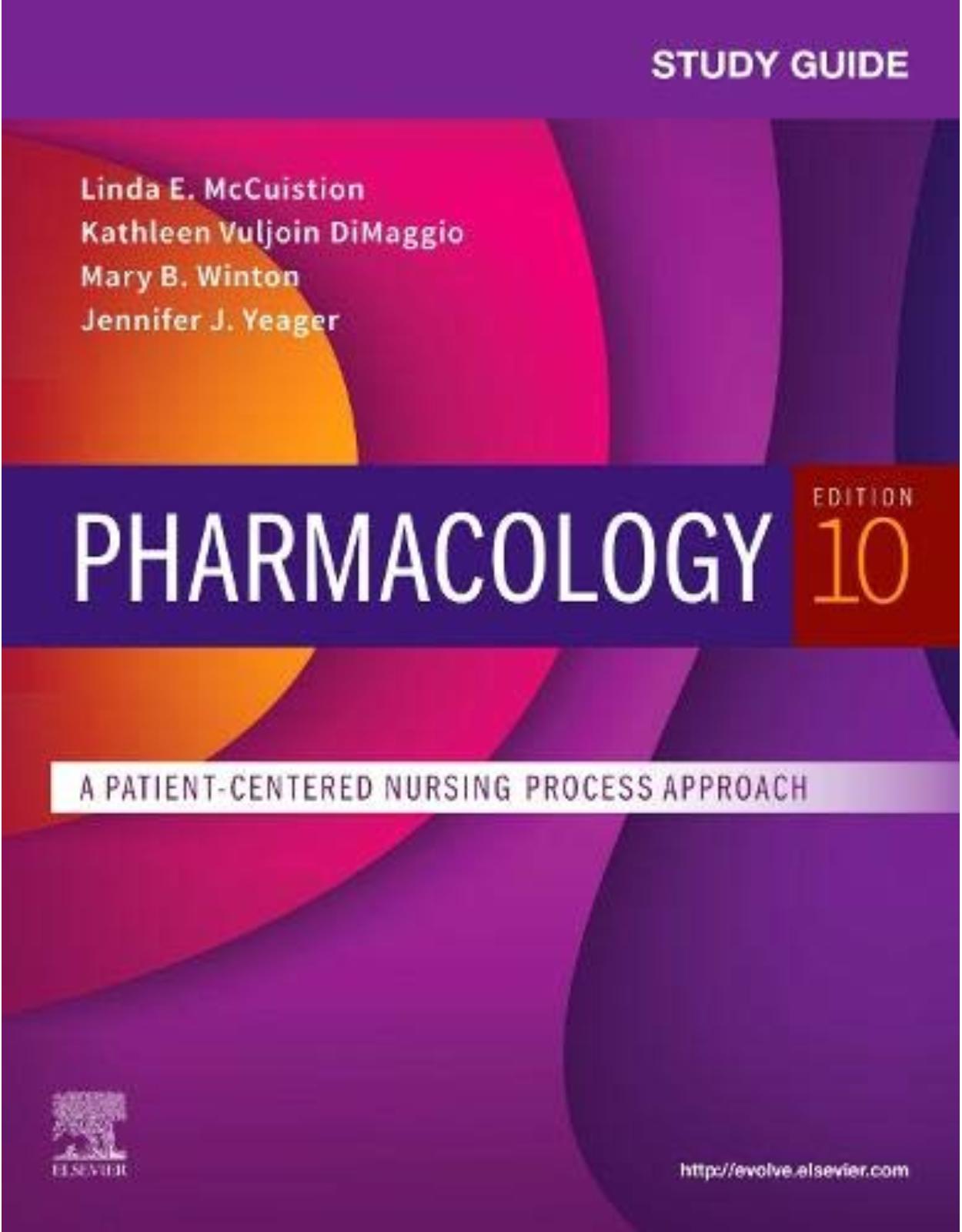



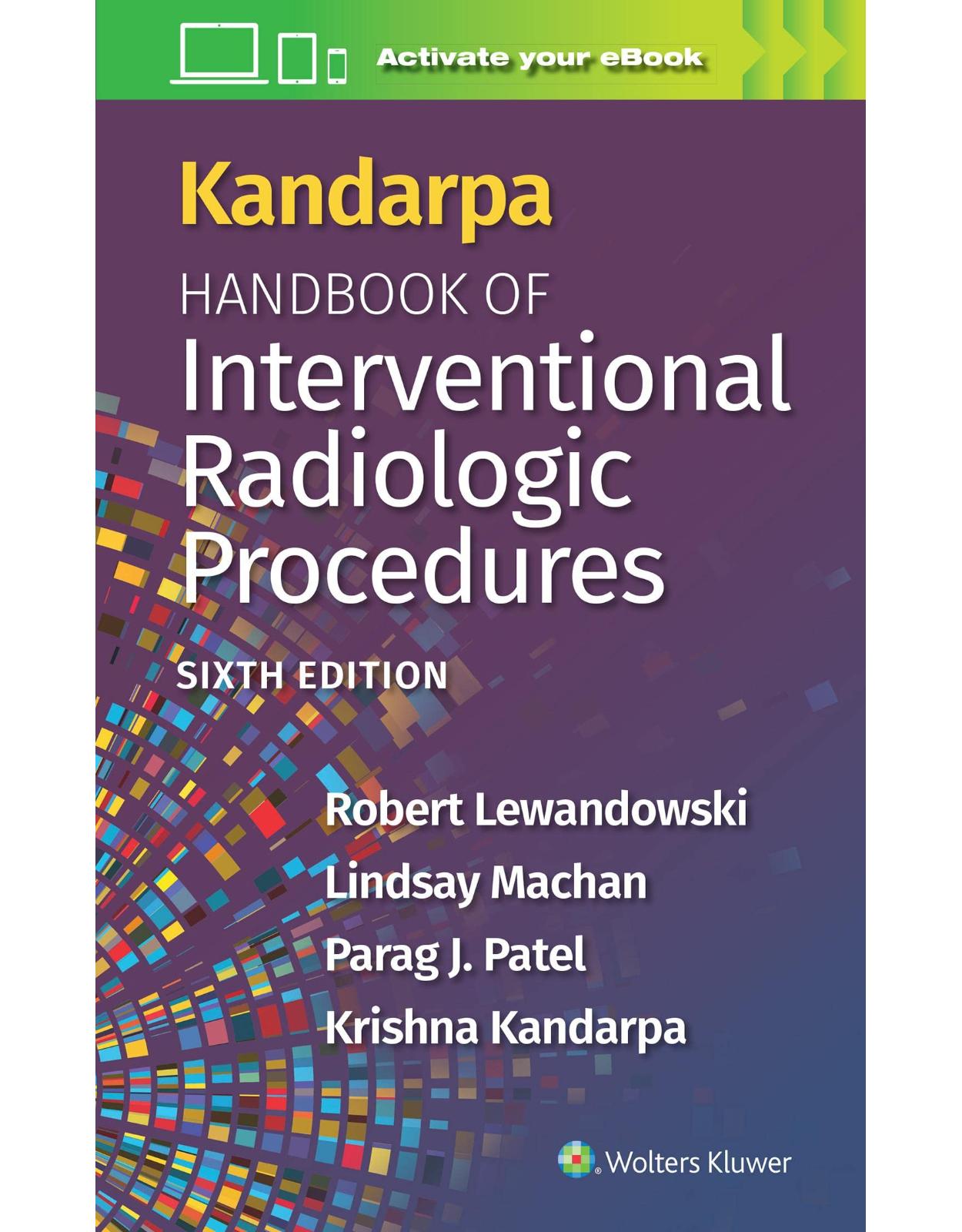
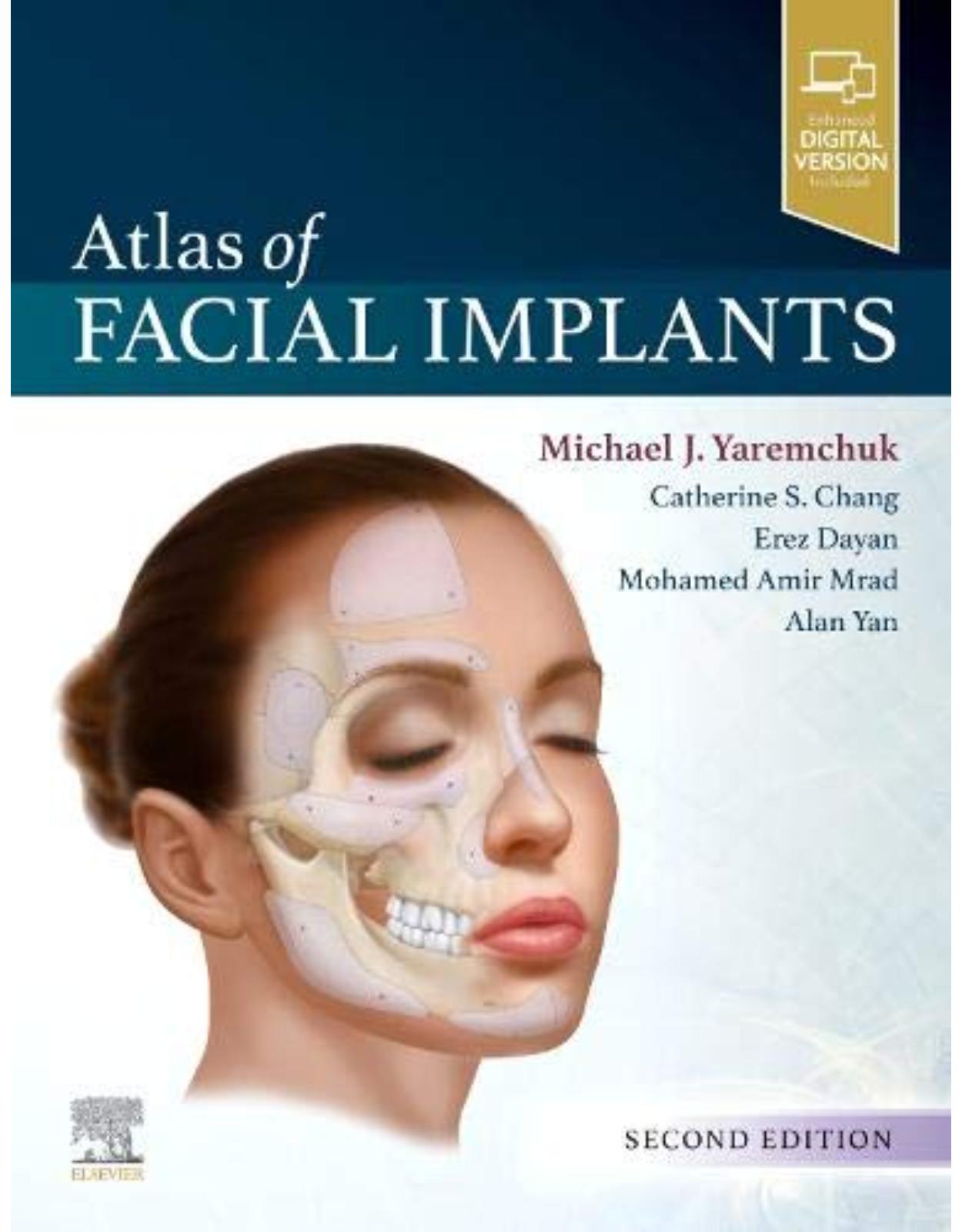

Clientii ebookshop.ro nu au adaugat inca opinii pentru acest produs. Fii primul care adauga o parere, folosind formularul de mai jos.